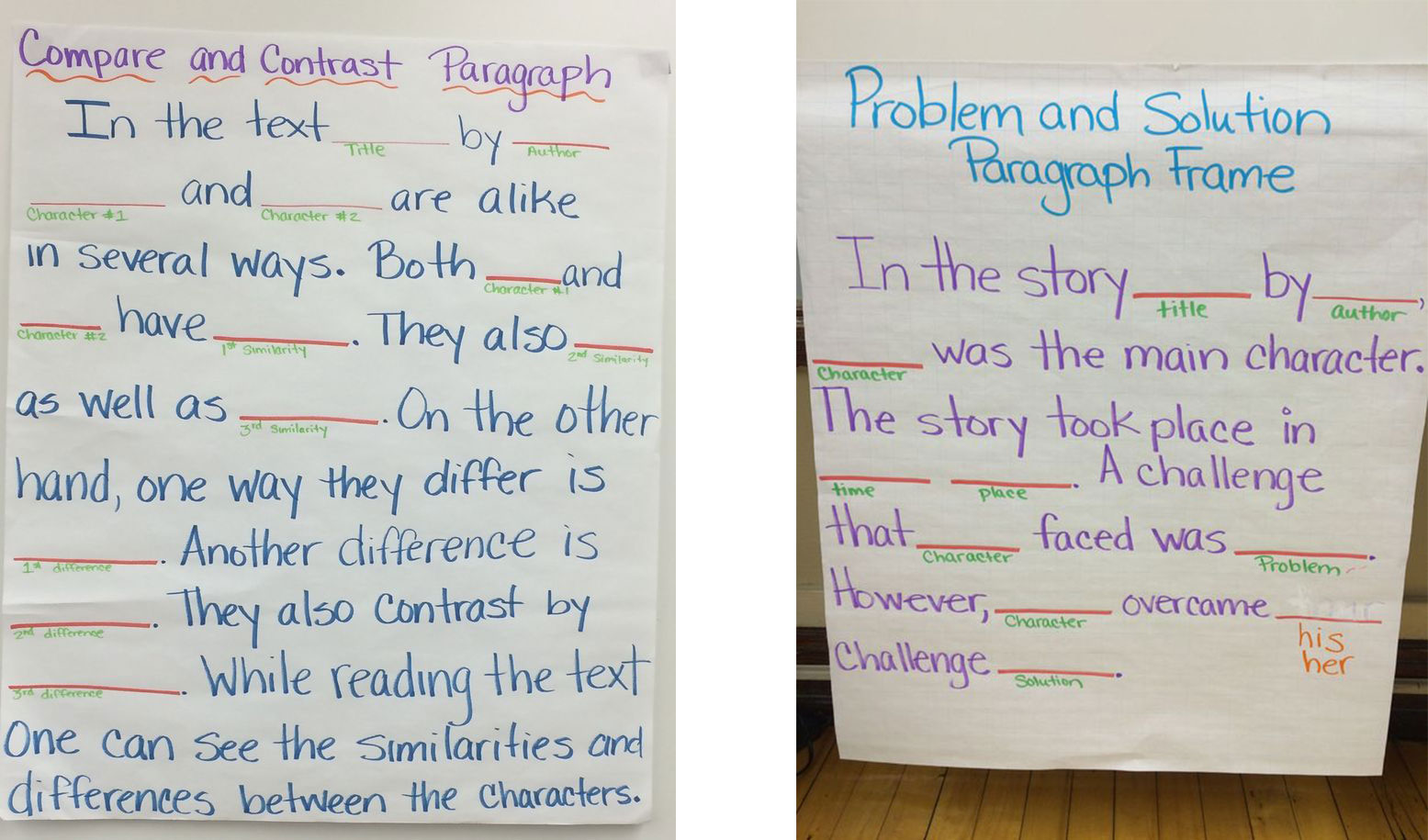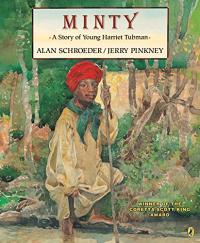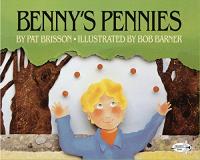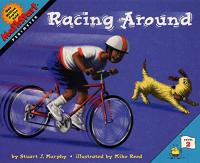Key Information
Focus
Appropriate Group Size
Why use framed paragraphs?
- It provides a framework for writing strong paragraphs
- The frame guides students by providing the transitional phrases for sentences
- It can incorporate various sentence types: long and short, simple and complex.
How to use framed paragraphs
- Discuss how to write a framed paragraph by using:
- A topic sentence — a general statement or opinion
- Three to five examples that develop the topic or opinion
- Transitions when needed
- A summary sentence at the end
- Provide students with a blank frame.
- Ask students fill in the missing portions of the frame to write a complete paragraph.
- Encourage students to incorporate a variety of sentences: long and short, simple and complex.

Download blank template
There are many ways to create a frame for a paragraph. This simple template helps children summarize what they learned from their reading.
Collect resources
Language Arts
This example of a framed paragraph centers on Holidays and provides additional space for students to re-write the completed paragraph. See example ›
Math
This site includes an example of using a framed paragraph for writing a description about decimals. See example ›
Social Studies
This example shows how teachers can use a writing frame to develop a “compare” and “contrast” essay. See example ›
English Language Learners
Support academic language conversation with sentence frames. Watch classroom video and get supporting materials › (Teaching Channel)
Differentiated instruction
For second language learners, students of varying reading skill, and younger learners
- Vary the amount of information you provide in the frame. Some students may require lots of transition words for sentences, others will need very few.
- Model the frame paragraph strategy with a text that is familiar to students before asking them to complete it on their own.
- Some students may enjoy making their own frame for something they’ve read. Students could pair up, write their own frames, and then trade texts and frames and complete the new frame.
See the research that supports this strategy
Ellis, E. S. (1998). Framing Main Ideas and Essential Details to Promote Comprehension.
Sejnost, R., & Thiese, S. (2007). Reading and Writing Across Content Areas 2nd Ed. Thousand Oaks, CA: Corwin Press.
Children’s books to use with this strategy

Minty: A Story of Young Harriet Tubman

Me on the Map

Benny’s Pennies

Racing Around

